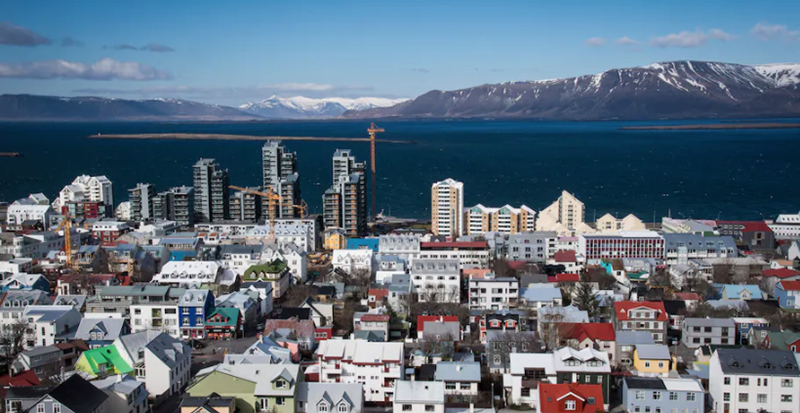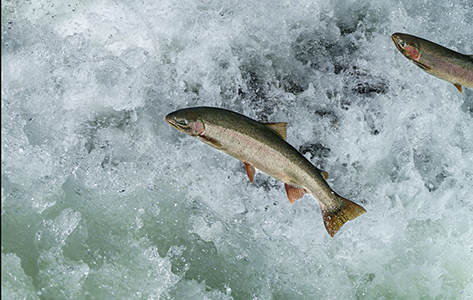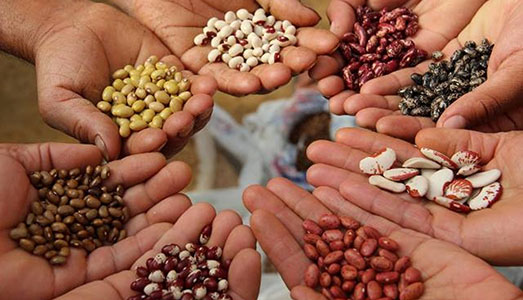What happened to Iceland?
The island nation that has been praised for its coronavirus response and its world-leading vaccination rate is now seeing its highest levels of infection since the start of the pandemic.
Just one month after the government scrapped all covid-19 restrictions, masks, social distancing and capacity limits have returned. And U.S. authorities last week warned Americans to stay away.
Vaccine opponents have gleefully pointed to Iceland as proof that the shots are a “failure.” But contrary to online misinformation and conspiratorial social media posts, infectious-disease experts say Iceland’s outbreak actually illustrates how effective the vaccines are at preventing the virus’s most severe impacts.
Many of the country’s recent infections have occurred among vaccinated people, but they’ve been overwhelmingly mild. So even as new cases multiplied, Iceland’s rates of covid-19 hospitalizations and deaths have remained low. Of the 1,300 people currently infected, just 2 percent are in the hospital. The country hasn’t recorded a virus death since late May.
Iceland, the experts say, is providing valuable information about breakthrough infections in the fully inoculated. Yet it also remains a vaccine success story.
Without vaccines, Iceland’s outbreak “would be catastrophic,” said Pall Matthiasson, chief executive of the country’s largest hospital.
The evidence from Iceland comes at a precarious point in the pandemic. The more contagious delta variant is fueling rising cases in countries that have barely begun to vaccinate their populations, as well as in countries where the pace of inoculation is leveling off. Even highly vaccinated communities have been surprised to find themselves becoming virus hot spots.
Iceland stands out as one of the world’s most vaccinated countries, with nearly 71 percent of its population fully inoculated, according to data tracked by The Washington Post. With fewer than 360,000 residents and a nationalized universal health-care system, the country was able to quickly distribute vaccines when the first doses arrived in the final days of last year, and inoculation continued at a rapid pace.
Iceland has also had a sophisticated system for testing, tracing and sequencing the virus since early in the pandemic. That surveillance — the result of a partnership between Iceland’s health department and the Reykjavik-based human genomics company deCODE — led to some of the first important revelations about the way the virus spreads, including that many infected people have no symptoms and that children were less likely than adults to get sick. It continues to provide Iceland a clear picture of what it is facing, in contrast to a country like the United States, which is testing a far smaller share of its population.
Iceland’s leaders thought the country was in a good position when they made a triumphant announcement at the end of June: no more masks, distancing, limits on gatherings or operating hours, and no testing for vaccinated travelers.
“We are regaining the kind of society which we feel normal to live in and we have longed for,” Svandis Svavarsdottir, the minister of health, said at the time.
Prime Minister Katrin Jakobsdottir added: “The situation here is among the best in the world.”
Less than a month later, however, the number of new cases shot up — and kept rising.
**If you are reading theOrcasonian for free, thank your fellow islanders. If you would like to support theOrcasonian CLICK HERE to set your modestly-priced, voluntary subscription. Otherwise, no worries; we’re happy to share with you.**










